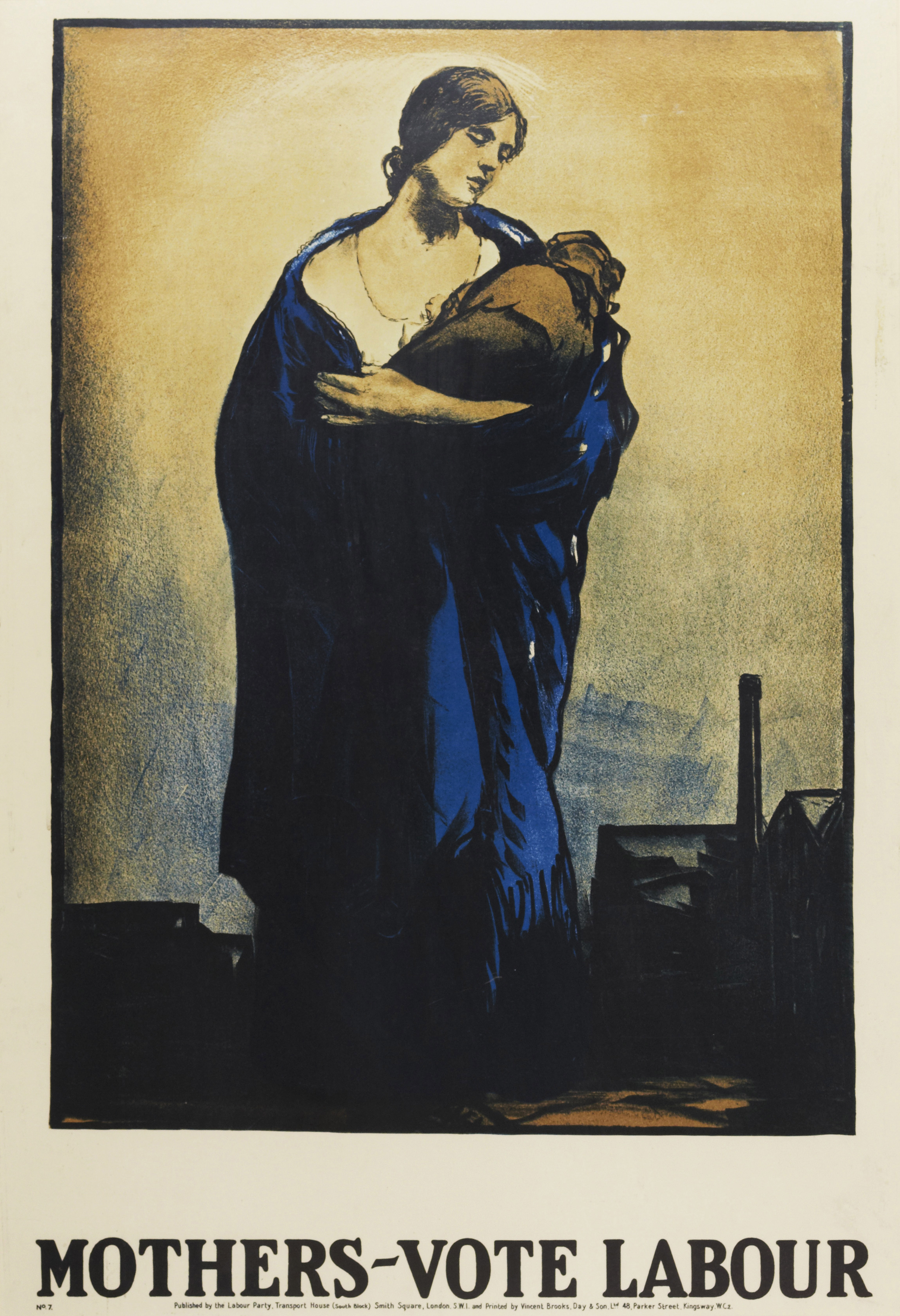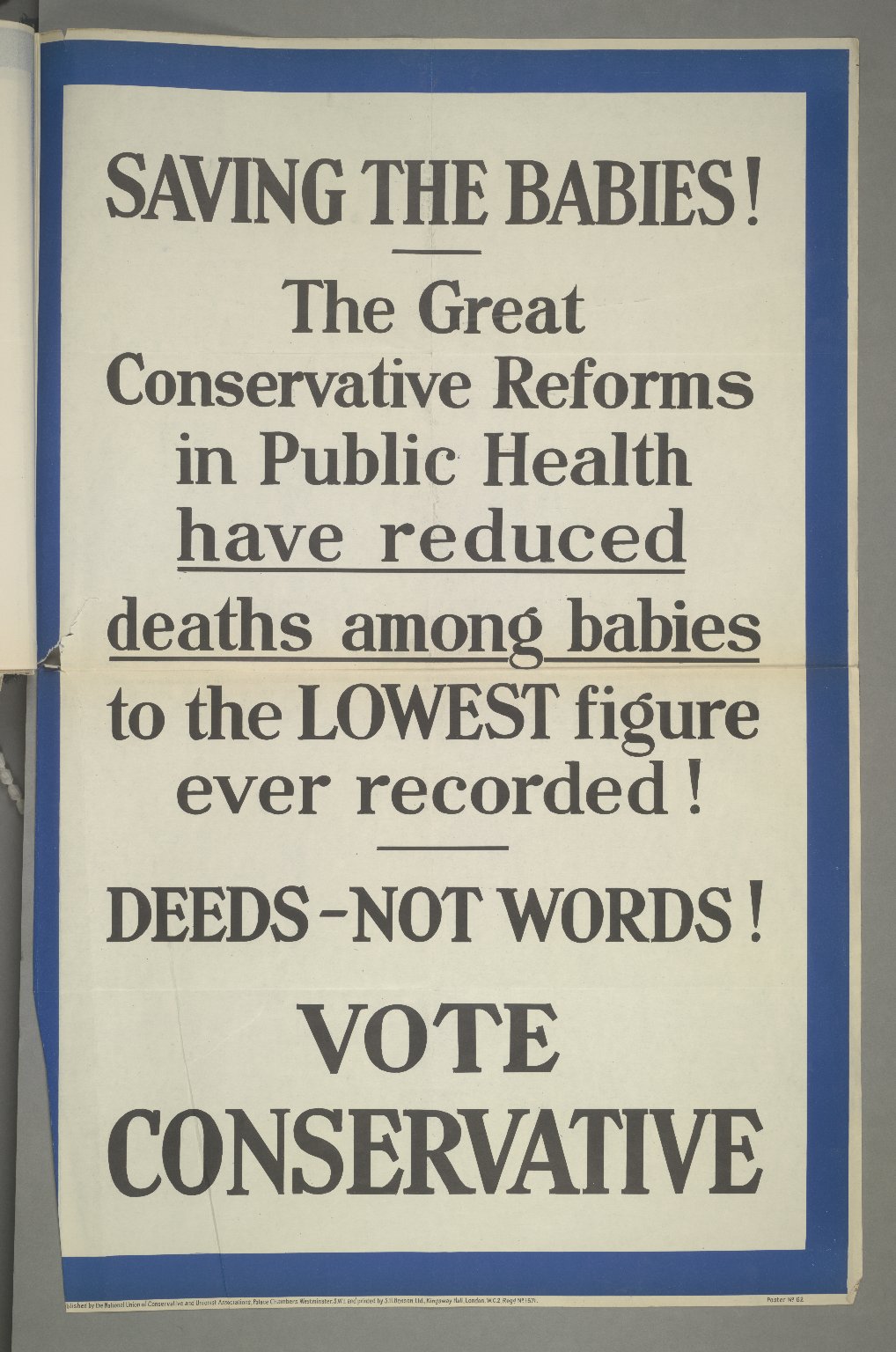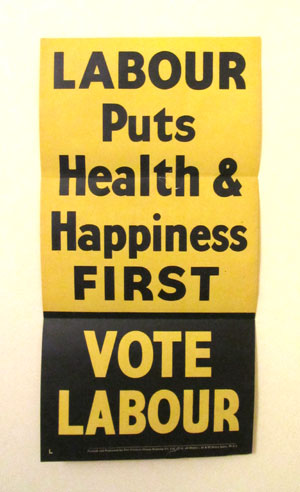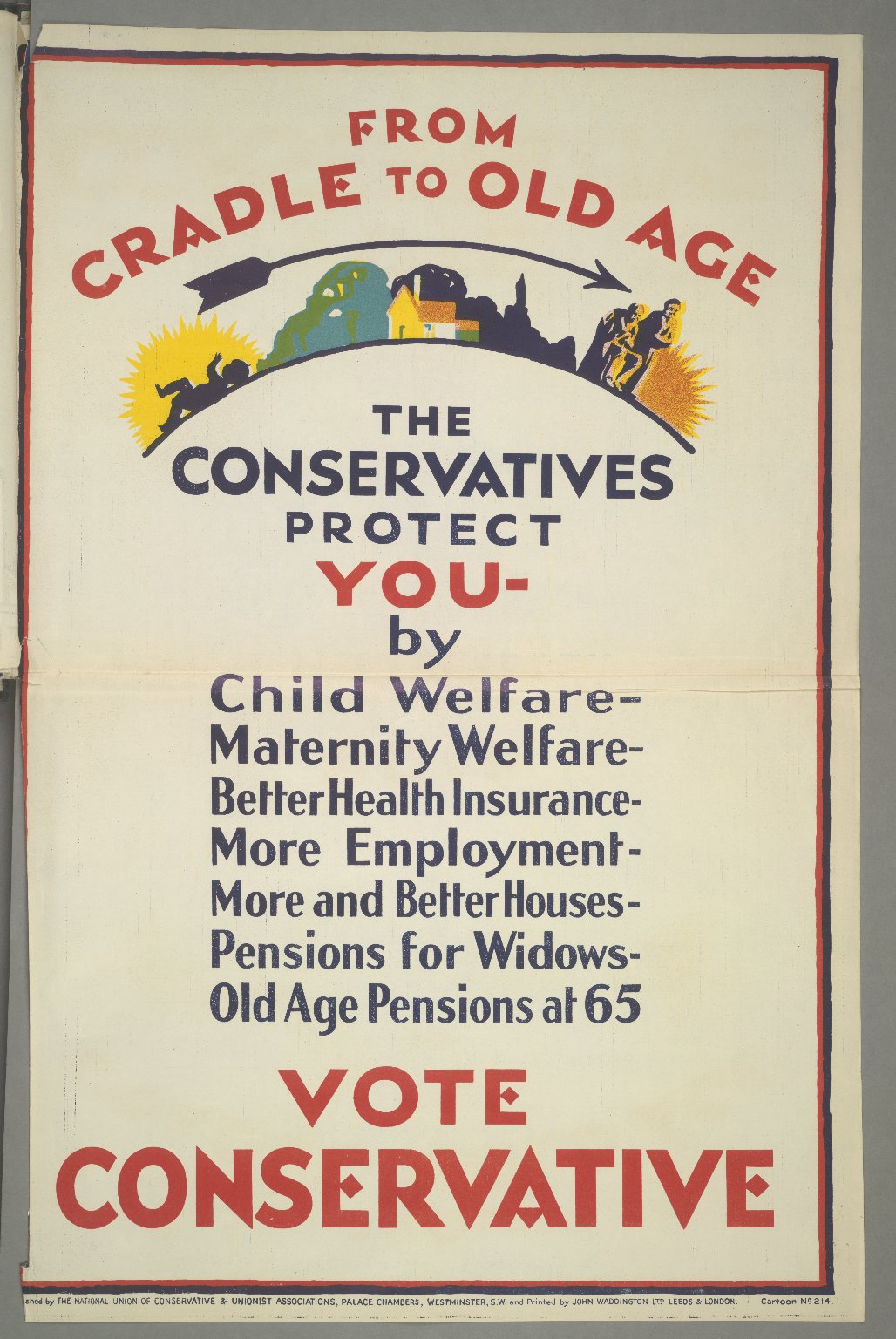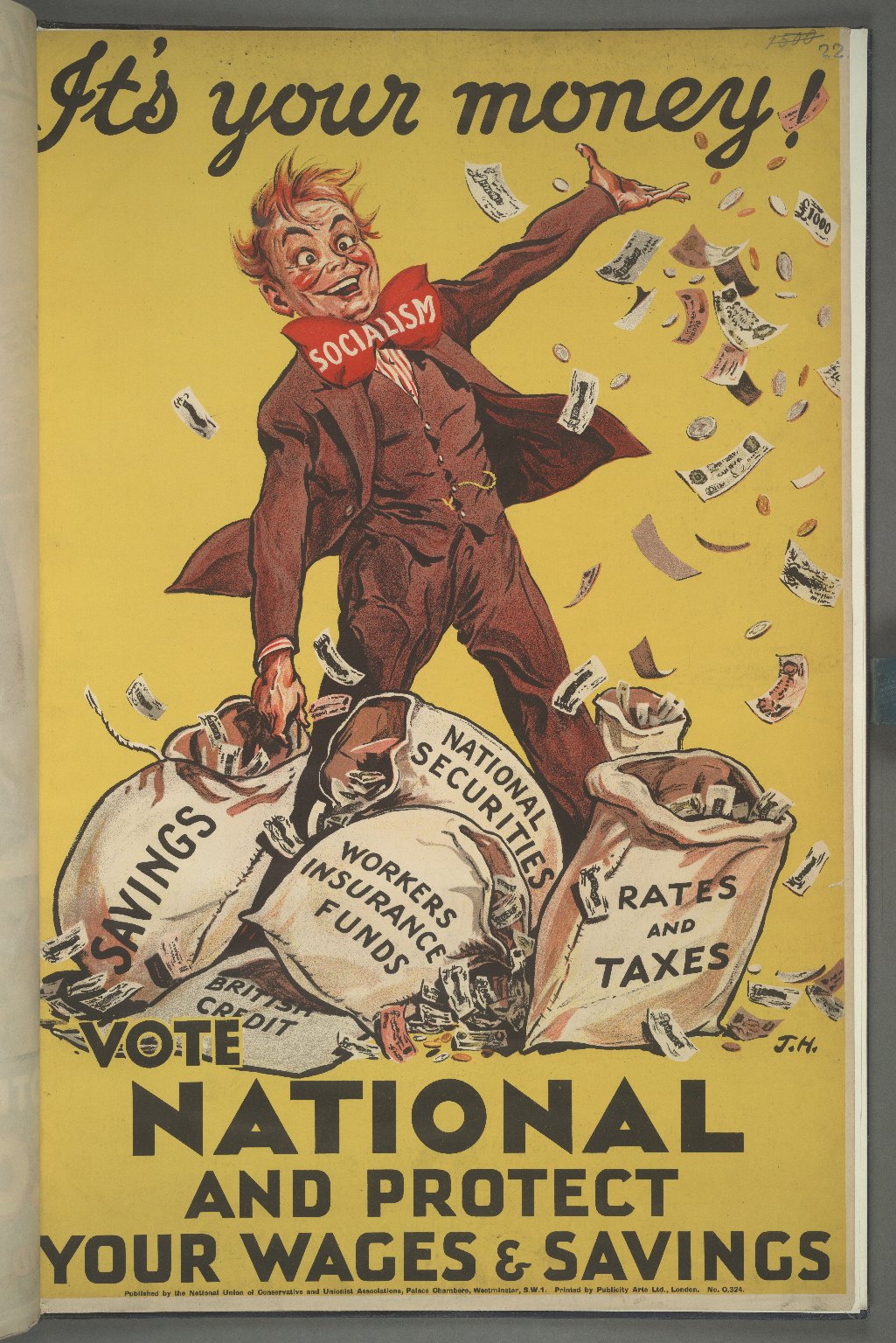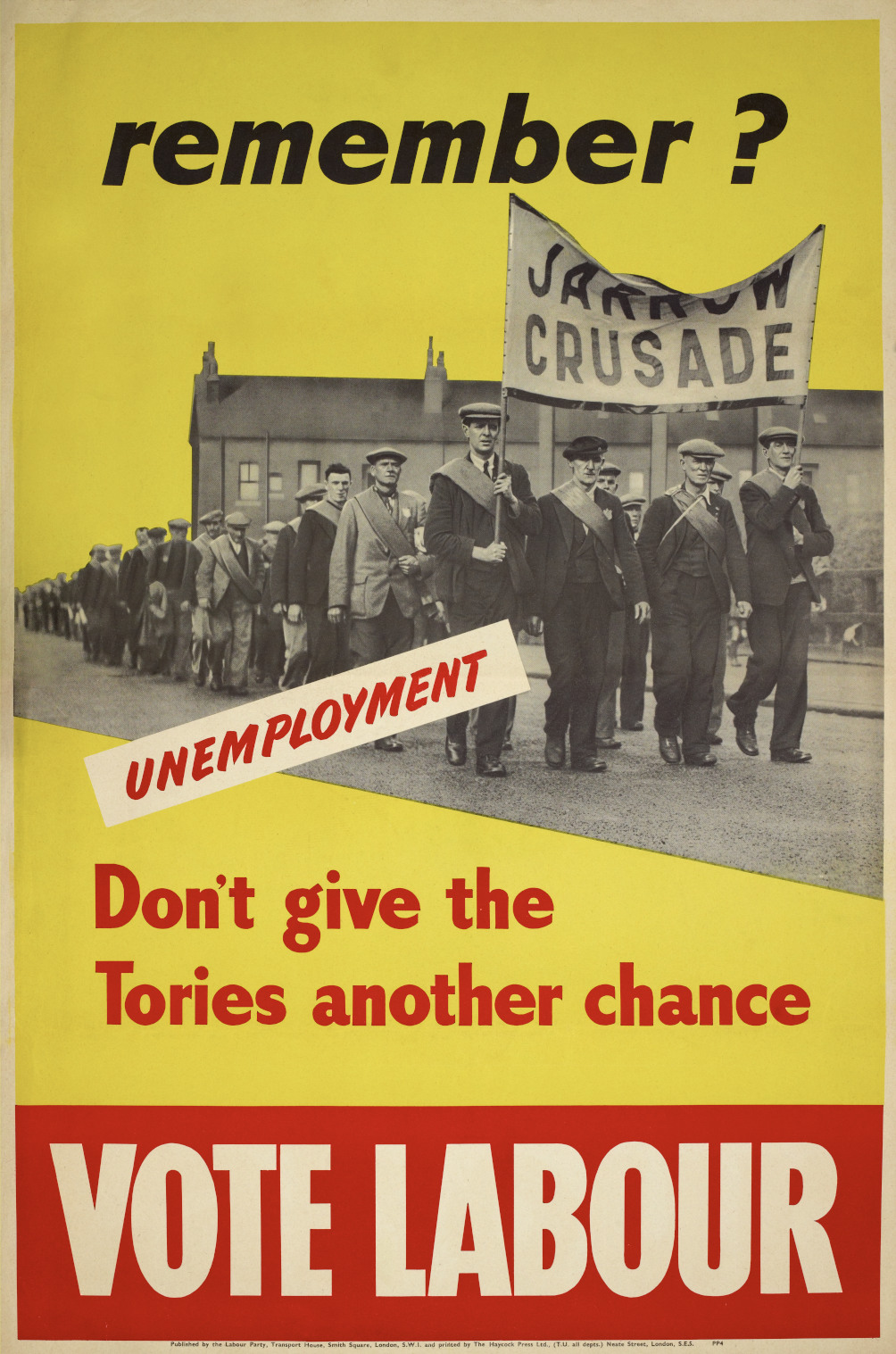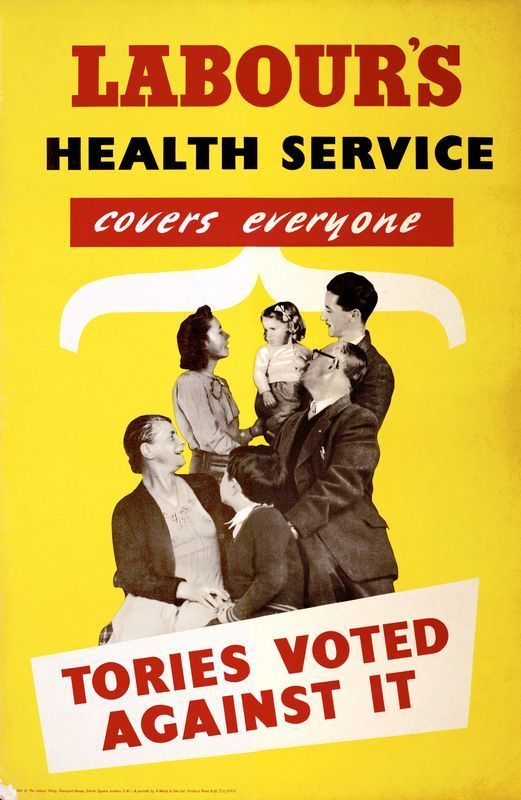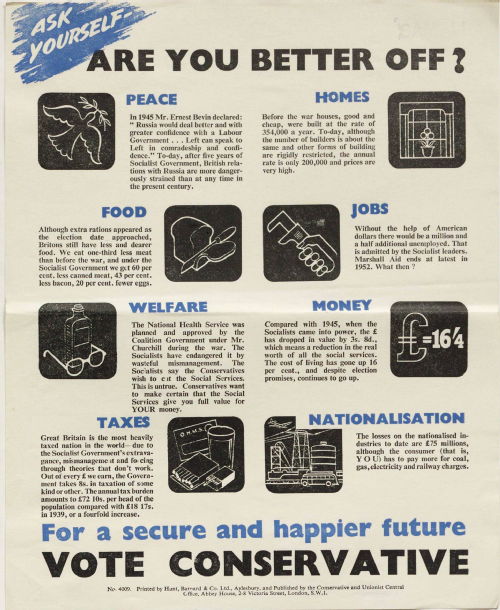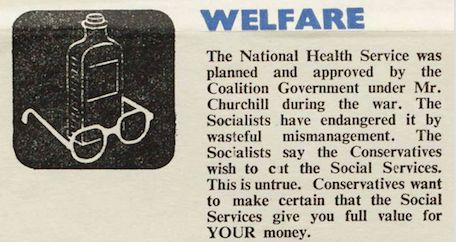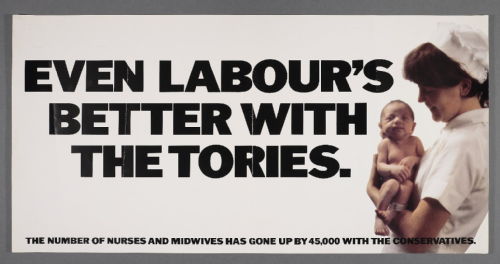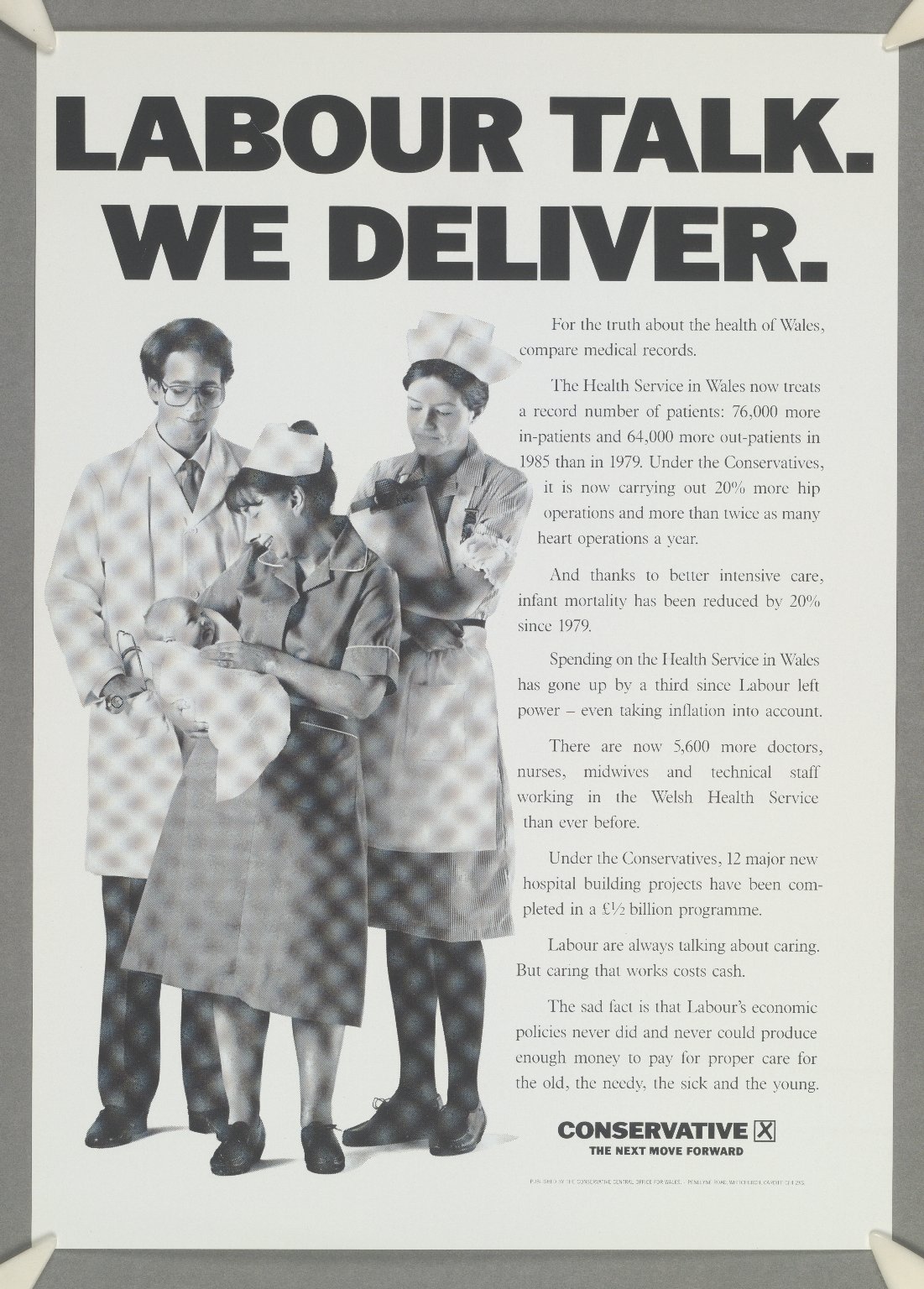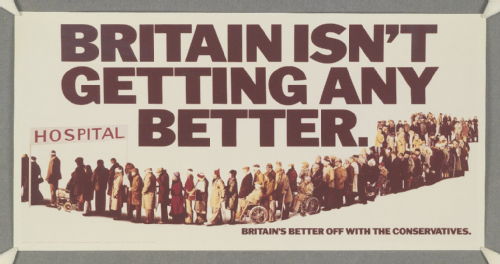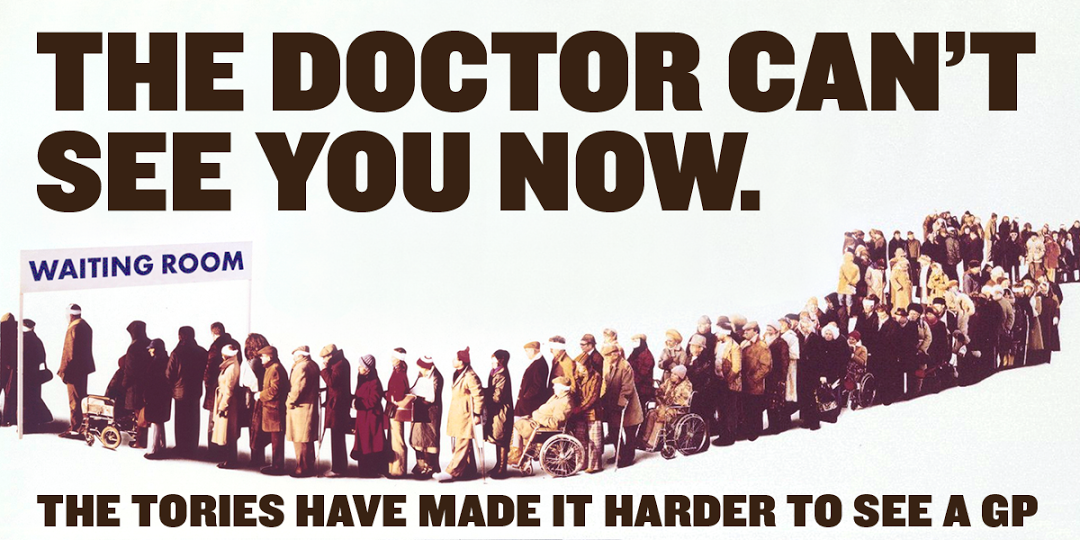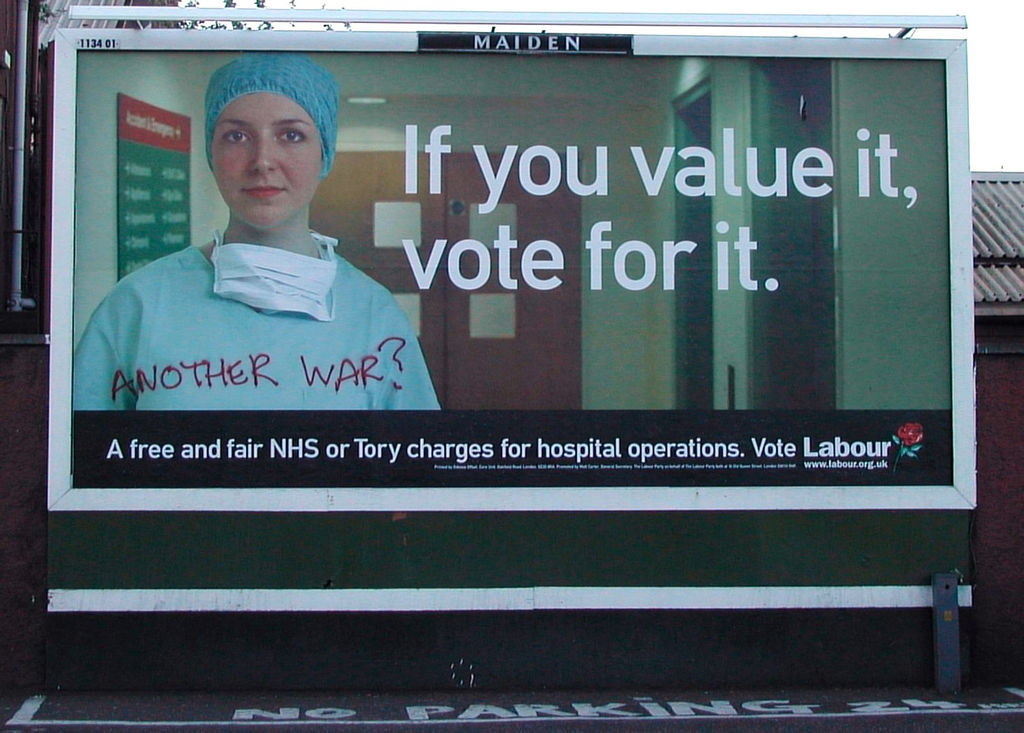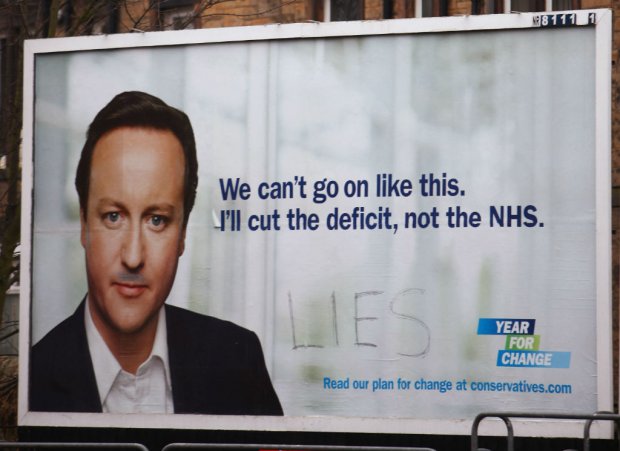Electing to care? Party Politics and the National Health Service
Since its inception, political parties of all stripes have taken credit for the successes and apportioned blame for the failures of the National Health Service. Indeed, even before the NHS was even a sparkle in the eyes of its political fathers, British political parties sought to badge themselves as 'caring' and their opponents as heartless, spendthrift, or feckless (depending on their political persuasions). In the interwar years, an ever-growing proportion of the public (and especially women over the age of 21, via the 1928 Representation of the People Act) gained the power to directly affect policy -- to VOTE. At the same time, medicine gained in stature and in power. If in the middle and late nineteenth century, doctors could do little to heal the sick,while hospitals might well finish them off, by the early twentieth century, public health and sanitation clearly saved lives. By the interwar years, doctors could save at least some of their patients -- if the sick could afford to pay them. Taken together, these two factors -- more (and poorer) voters and better (and costlier) medicine -- made rhetorical support for the provision of at least some health services for the poor, indigent, and vulnerable population a vote winner. But only in times of austerity has such support been at the heart of election campaigns.

